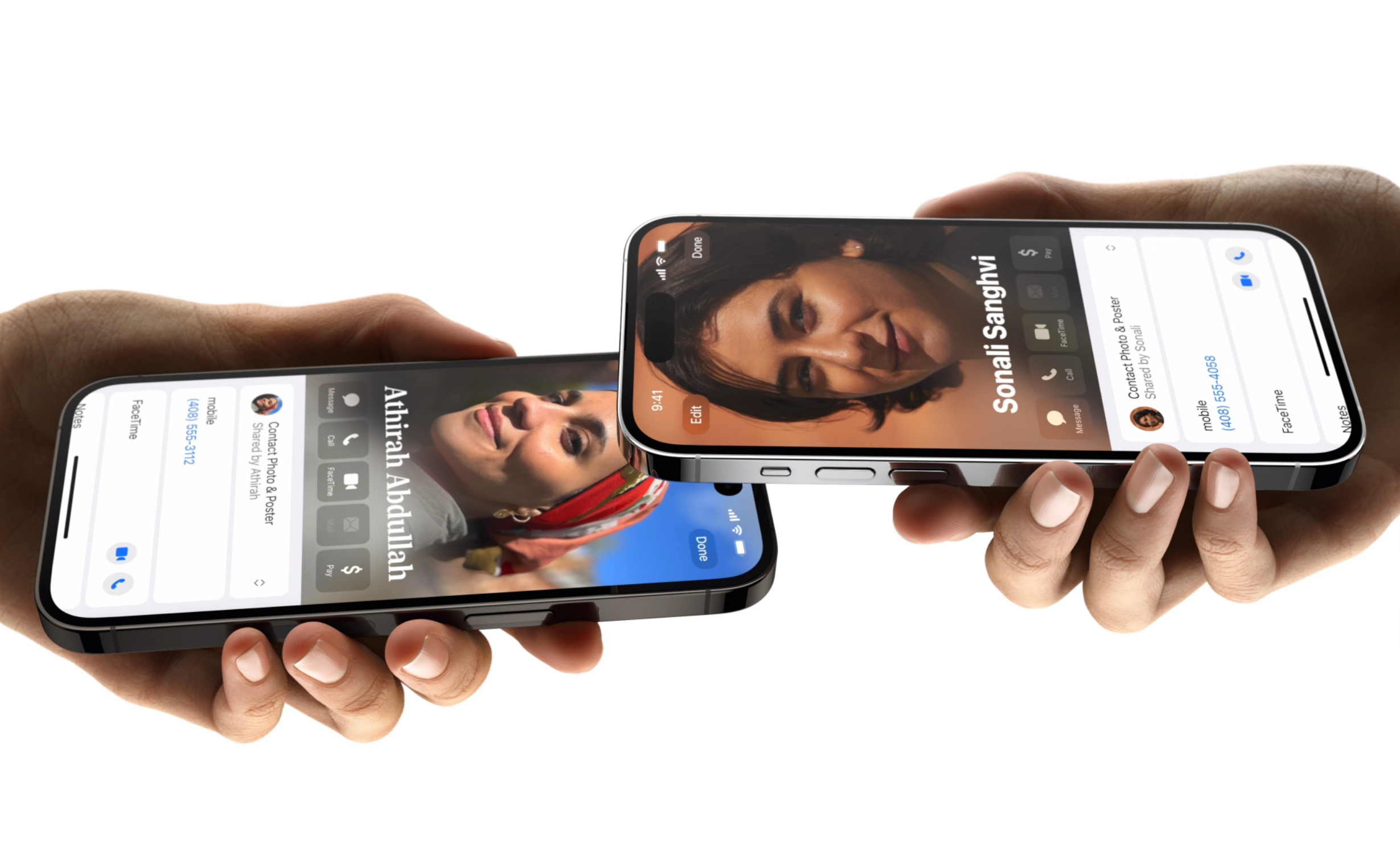Apple Vision Pro vs Vive XR Elite: Apple or Vive?

Apple finally announced the Apple Vision Pro virtual reality headset, which boasts two internal chips and a very high resolution.
Apple finally revealed the Apple Vision Pro headset during its WWDC event. This headset seems to have it all, with adjustable immersion settings and the ability to control it through your eyes, voice and small hand movements.
But with the release of a brand-new headset – or as Apple calls it, a spatial computer – we wanted to see how it stacks up against other headsets on the market. Read on to find out everything you need to know between the Apple Vision Pro and Vive Elite XR.
Price and Release Date
- Apple Vision Pro is releasing next year in the US
- Vision XR Elite is available to buy in the UK, America and Europe
- Apple Vision Pro starts at $3499
- Vive XR Elite has a £1299/$1099 price tag
Apple has so far confirmed that the Vision Pro will be launching in the USA and that it will be coming early next 2024. When it does launch, it’ll cost $3499 – putting it far and away as one of the most expensive VR/AR headsets on the market.

512GB Apple Mac Mini with M2 chip
Amazon is offering more than £70 off the uber-compact, uber-powerful 2023 Mac Mini with a very reasonable 512GB storage.
- Amazon
- Was £849
- Now £776
Specs and Performance
- Apple Vision Pro uses two chips, the M2 and R1
- Vive XR Elite runs on Qualcomm Snapdragon XR2
- Apple Vision Pro does not need controllers
- Both headsets have around two hours of battery
The Apple Vision Pro runs on the M2 and R1 chips. The M2 chip is currently being used in high-end Mac products like the MacBook Air 15-inch (2023) and packs a lot of power. This allows for it to play 3D movies and run Apple Arcade games in 3D. The R1 chip allows for a virtually lag-free, real-time view of the world, which Apple claims should make the headset easier to wear for long periods of time.
The display on the Vision Pro has two panels, each of which boasts 23 million pixels, which is more than a 4K TV for each eye. Apple claimed that users can view the world in full colour during use, with the immersion being adjustable via a rotating crown. This means that users can use the headset to watch TV and navigate apps while still being able to talk to those in the real world.
The Vive XR Elite display is not as impressive in comparison, coming with a 1920×1920 display per eye. The Vive is more directly aimed at gamers when compared to the Vision Pro and has the benefit of a modular design. That means that the headset can be converted into pair of glasses, which is more lightweight and should provide a more comfortable experience during long periods of use.

The Vive XR Elite also requires controllers for it to work, while the Apple Vision Pro can be controlled via the user’s eyes, voice and hands. While this may have more of a learning curve than using controllers, it should ultimately provide a smoother and more immersive experience overall.
Both of these headsets have up to two hours of battery life. Apple’s solution is a battery pack that can be placed into your pocket during use. The Vive XR Elite has a battery pack on the back of the headset, which is intended to be swapped out over the course of the day for extended use. While in glasses mode, the battery pack is detached, meaning that it will drain quicker and run at reduced performance.
Out of the two headsets – and until we find out more specific specs for the Apple Vision Pro – the Apple Vision Pro seems to cover more bases. Despite its similar battery life, it comes with a higher resolution and more features than the Vive XR Elite, like the ability to browse apps and write notes. The Apple Vision Pro seems more concerned with integrating itself into people’s daily lives, while the Vive XR Elite is more focused towards gaming and entertainment.








